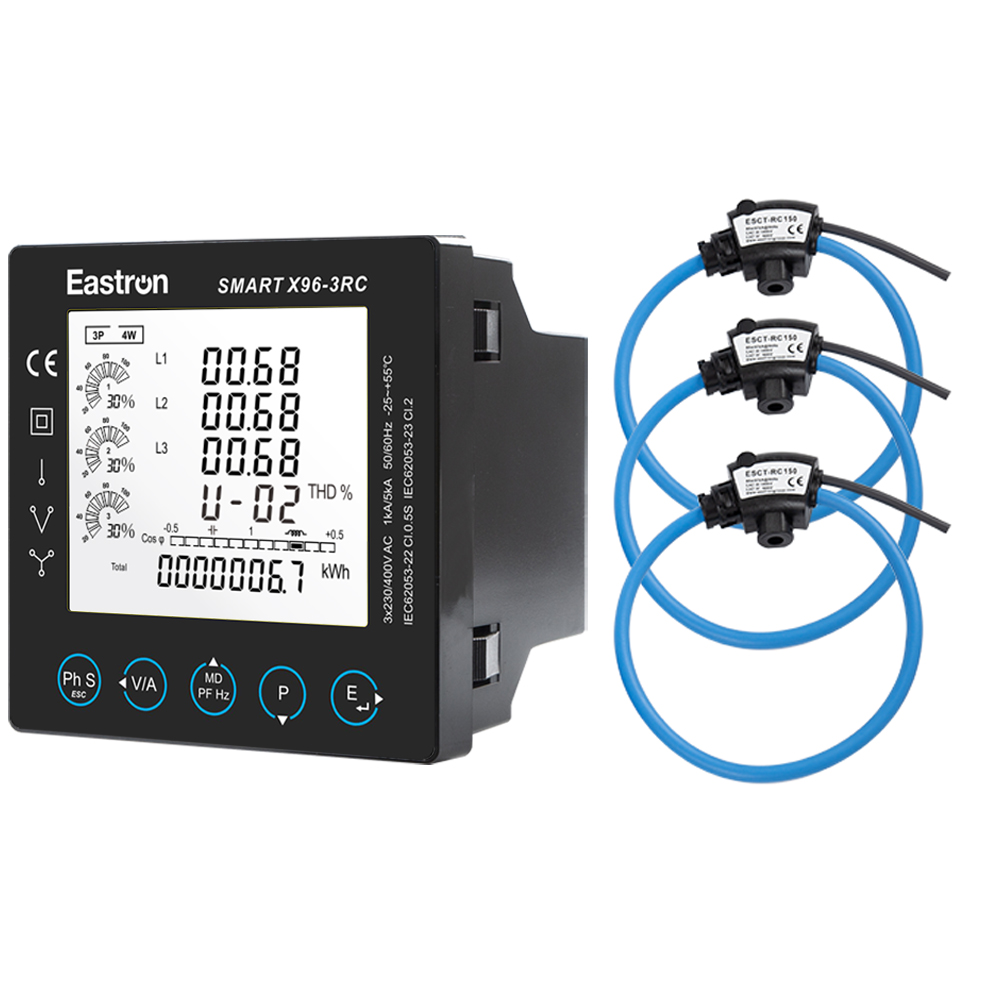Product Consultation
Your email address will not be published. Required fields are marked *
A power distribution system is a crucial component of the electrical grid that ensures the delivery of electricity from the transmission system to individual consumers. It plays a vital role in maintaining reliable power supply to homes, industries, and businesses. In this article, we’ll explore what a power distribution system is, how it works, and the different types of systems used in modern electrical grids.
A power distribution system refers to the network of electrical components and infrastructure that delivers electrical energy from substations to end users. After electricity is generated in power plants, it travels through the transmission lines at high voltage to minimize energy loss. Once it reaches the substation, the voltage is reduced to a safer level for distribution. From there, the power is transmitted via distribution lines to homes, offices, factories, and other consumers.
The primary purpose of the power distribution system is to ensure the efficient, safe, and continuous supply of electricity while maintaining stable voltage levels across various stages. A well-designed system ensures that electricity reaches users without significant loss or disruption.

The power distribution system consists of several key components, each playing a vital role in the delivery of electricity:
Power distribution systems are designed differently based on the needs of the area they serve, the level of reliability required, and the available infrastructure. There are several types of power distribution systems, each with unique features and benefits.
The radial distribution system is one of the simplest and most widely used types of power distribution systems. In this system, electricity flows from a central source (substation) to the load through a single path. The system resembles a tree with branches—where the main trunk is the main line, and the branches represent feeders leading to consumers.
Advantages:
Disadvantages:
The loop distribution system is more complex and reliable than the radial system. In this system, power is supplied to consumers via two or more paths, creating a loop that can continue functioning even if one path is damaged. Power can flow through multiple routes, providing redundancy and improving system reliability.
Advantages:
Disadvantages:
The network distribution system is one of the most reliable and complex power distribution systems, commonly used in urban areas or areas with dense populations and high power demands. In this system, the distribution network is interconnected, allowing for multiple paths for electricity to flow. The network operates like a grid, ensuring that power is always available, even if a specific route is damaged.
Advantages:
Disadvantages:
In an underground distribution system, electrical cables are buried underground instead of being suspended on poles. This system is used primarily in urban areas or regions where aesthetics and environmental factors (such as frequent storms) are a concern.
Advantages:
Disadvantages:
In some regions, the distribution system is split into primary and secondary levels. The primary distribution system handles the bulk of electricity and operates at higher voltage levels. It then steps down the voltage for delivery through the secondary distribution system to the final consumer.
Advantages:
Disadvantages:
The choice of the power distribution system depends on various factors, including:
While power distribution systems are critical to ensuring the reliable delivery of electricity, they face several challenges:
The power distribution system is a critical part of the electrical grid, ensuring that electricity generated at power plants reaches consumers in a safe and reliable manner. Understanding the different types of power distribution systems helps in selecting the most suitable one for specific needs, whether for a small rural community or a large urban center. With advances in technology and increased demand for energy, modernizing and maintaining these systems remains essential for efficient, sustainable power delivery.
Your email address will not be published. Required fields are marked *
We develop and produce high performance electricity meters, power analyzers, current sensors, communication modules and management systems. China Custom Smart Meters Manufacturers and Factory
Eastron China (HQ) : NO 52, Dongjin Road, Nanhu, Jiaxing, Zhejiang, China
Eastron UK : Suite 1 Cornwallis House, Howard Chase, Basildon, UK
Eastron EU : Unit 3 Finglas Business Centre, Jamestown Road, Finglas, Dublin, Ireland
Copyright @ Eastron Electronic Co., Ltd. All rights reserved Electricity Meters Manufacturers
